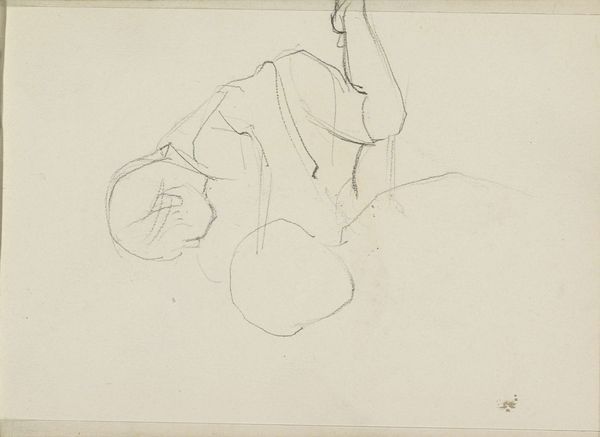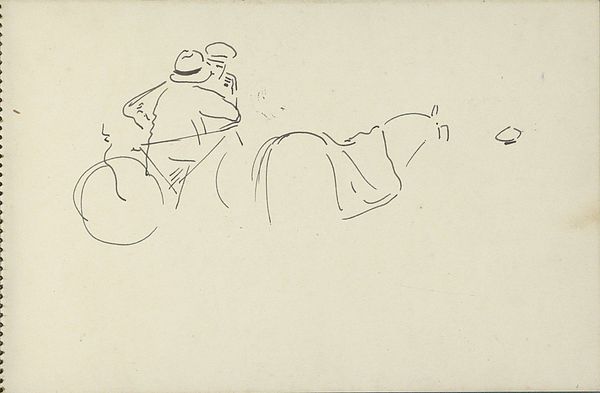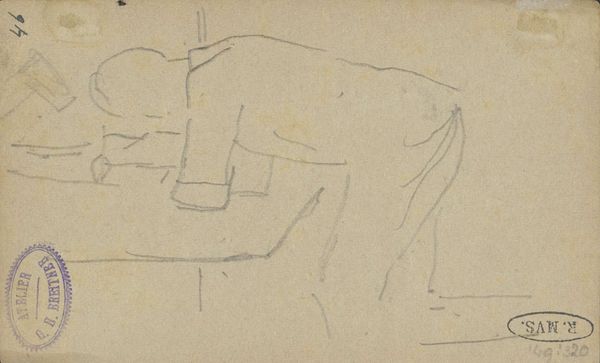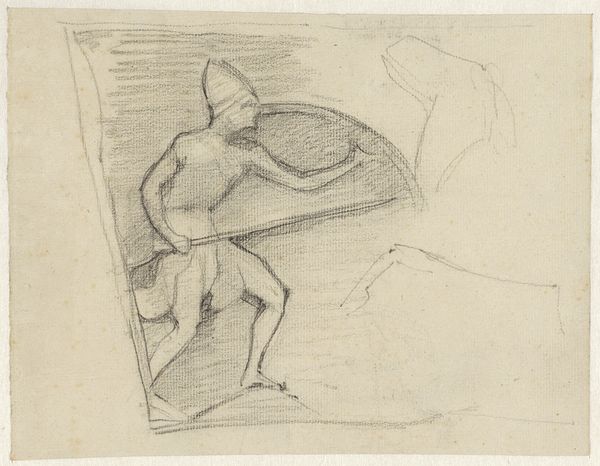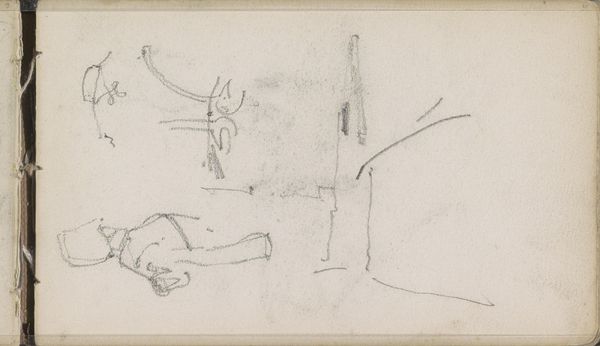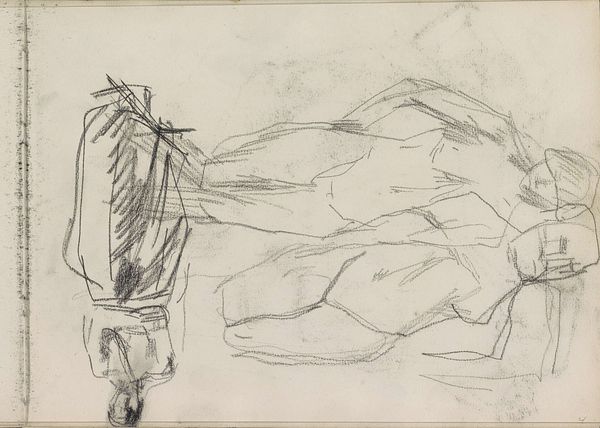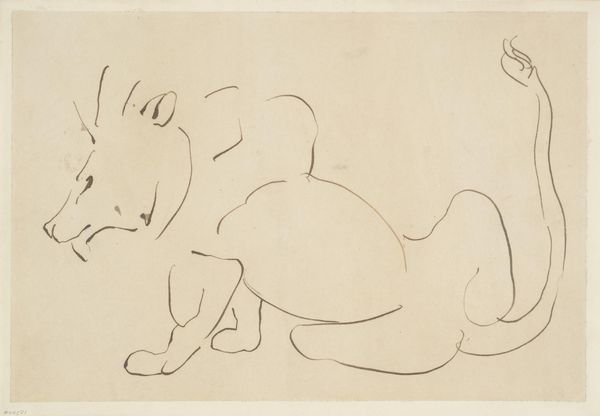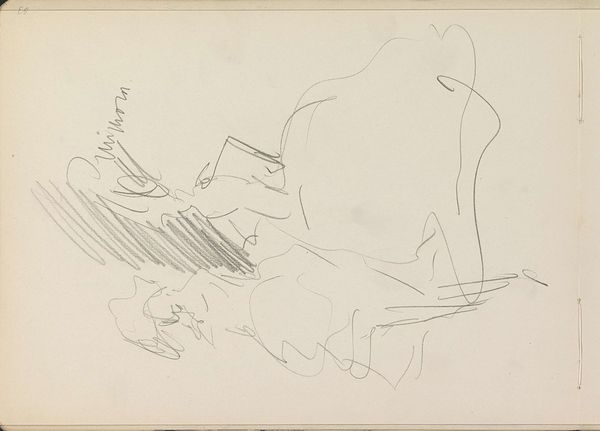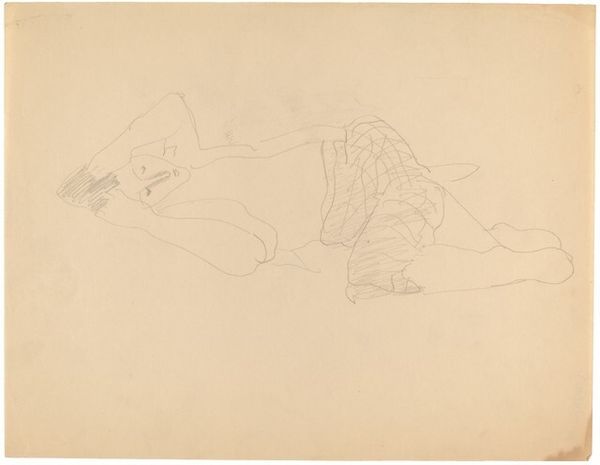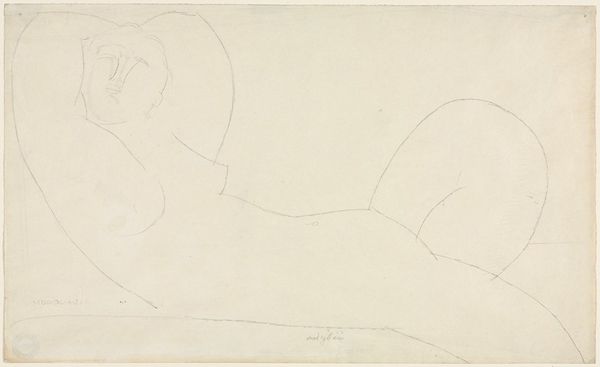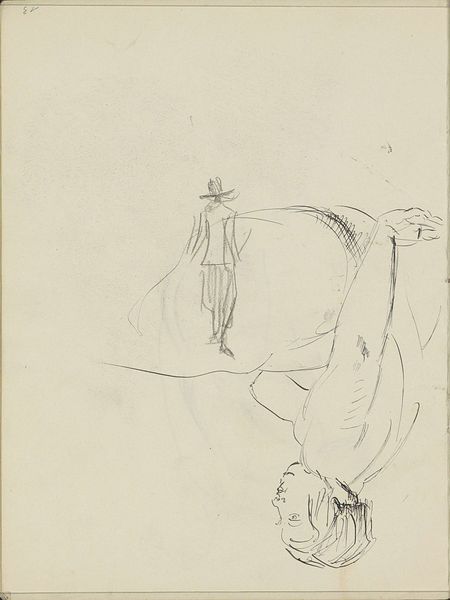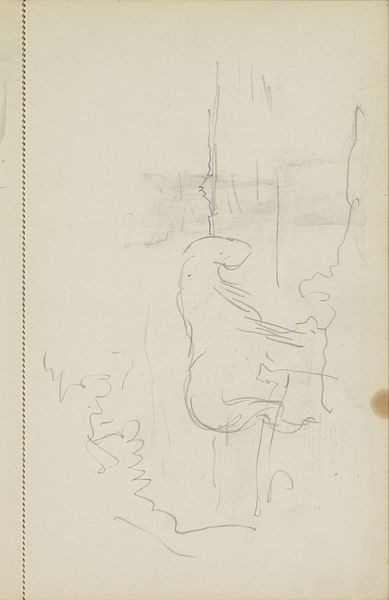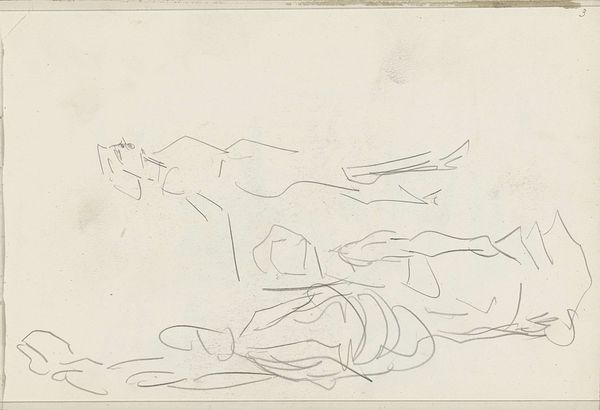![Figure Seated on the Ground [recto] by Paul Gauguin](/_next/image?url=https%3A%2F%2Fd2w8kbdekdi1gv.cloudfront.net%2FeyJidWNrZXQiOiAiYXJ0ZXJhLWltYWdlcy1idWNrZXQiLCAia2V5IjogImFydHdvcmtzLzc4MWE2MzNkLTJkNGMtNGRmMi04NmRmLWY3ODE2NDAzYjk0YS83ODFhNjMzZC0yZDRjLTRkZjItODZkZi1mNzgxNjQwM2I5NGFfZnVsbC5qcGciLCAiZWRpdHMiOiB7InJlc2l6ZSI6IHsid2lkdGgiOiAxOTIwLCAiaGVpZ2h0IjogMTkyMCwgImZpdCI6ICJpbnNpZGUifX19&w=3840&q=75)
drawing, pencil
#
portrait
#
drawing
#
figuration
#
pencil
#
post-impressionism
Dimensions: overall: 16.9 x 12.6 cm (6 5/8 x 4 15/16 in.)
Copyright: National Gallery of Art: CC0 1.0
Paul Gauguin made this pencil drawing, entitled 'Figure Seated on the Ground' at an unknown date. It captures the artist's move towards representing indigenous figures, a theme that would dominate his later work. Gauguin’s choice of subject cannot be separated from the colonial context of late 19th-century France. Like many artists of his time, Gauguin looked outside of Europe for sources of aesthetic renewal. His interest in non-Western cultures, particularly those of Tahiti, stemmed from the belief that these societies were less corrupted by modernity. By representing the figure in this way, Gauguin implicitly critiques Western academic art and its emphasis on idealized forms. Yet, we must consider the power dynamics at play: Gauguin, a European artist, is representing a non-Western subject through his own lens. To fully understand Gauguin's work, one must delve into the history of colonialism and its impact on both the colonizer and the colonized. Art historical research, combined with postcolonial theory, helps us to interpret this drawing in a more nuanced and critical way.
Comments
No comments
Be the first to comment and join the conversation on the ultimate creative platform.

